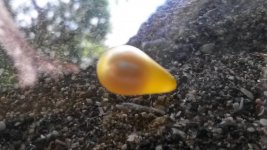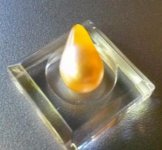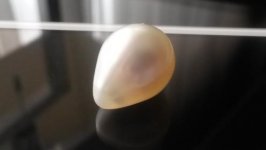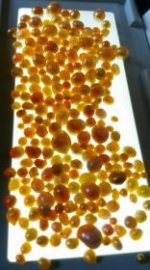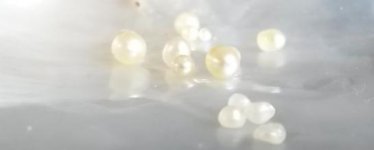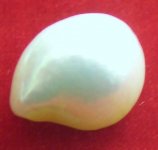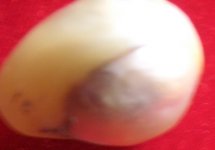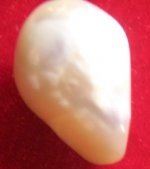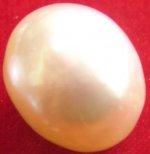Richard W. Wise
Well-known member
- Joined
- May 3, 2005
- Messages
- 185
?This prince possesses the most beautiful pearl in the world, not by reason of its size, for it only weighs 12 1/16 carats, nor on account of its perfect roundness; but because it is so clear and transparent that you can almost see the light through it.?
Jean Baptiste Tavernier, 1675
Working on a 2nd edition of my Secrets Of The Gem Trade and adding a chapter on natural pearls. As we see above, the 17th Century dealer Tavernier notes that translucency is an attribute of the finest pearls. Anyone have an image? How rare is this quality?
Jean Baptiste Tavernier, 1675
Working on a 2nd edition of my Secrets Of The Gem Trade and adding a chapter on natural pearls. As we see above, the 17th Century dealer Tavernier notes that translucency is an attribute of the finest pearls. Anyone have an image? How rare is this quality?

